Famous Artists magazine: How did Tam change your thinking? What would you say was his biggest influence on you?
Lorraine Fox: He was only pointing out to us what painters have known for centuries. It was not a new thing. It was really an old story. It involves the search for self.

There really is no such thing as style, but there is a personal inner vision which is intrinsic to everyone. This is really what we admire in great artists. Knowing yourself will lead to originality, and this is extremely important to anyone's career. There is no need to copy another artist's technique when you can depend entirely and confidently on yourself.
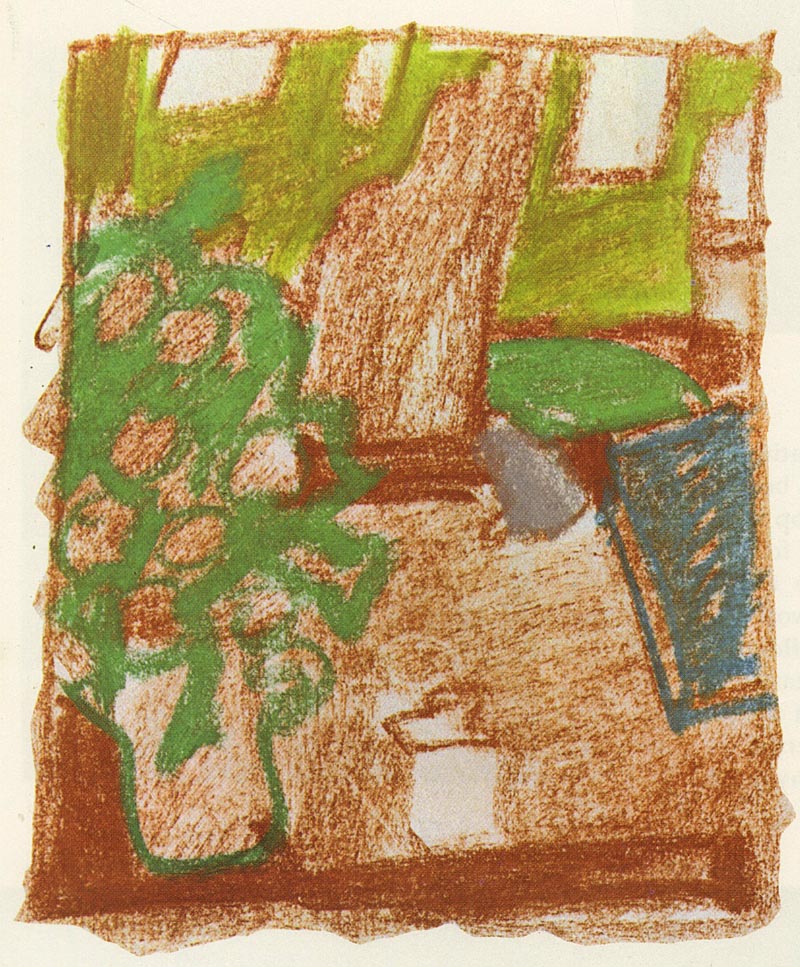
FA: How did Tam develop this confidence?
Fox: He would simply criticize what we did, not tell us what to do. Always in his criticism he would ask, "Why did you do it this way?" You would try to explain that so-and-so had influenced you and he would say, "It's not original."
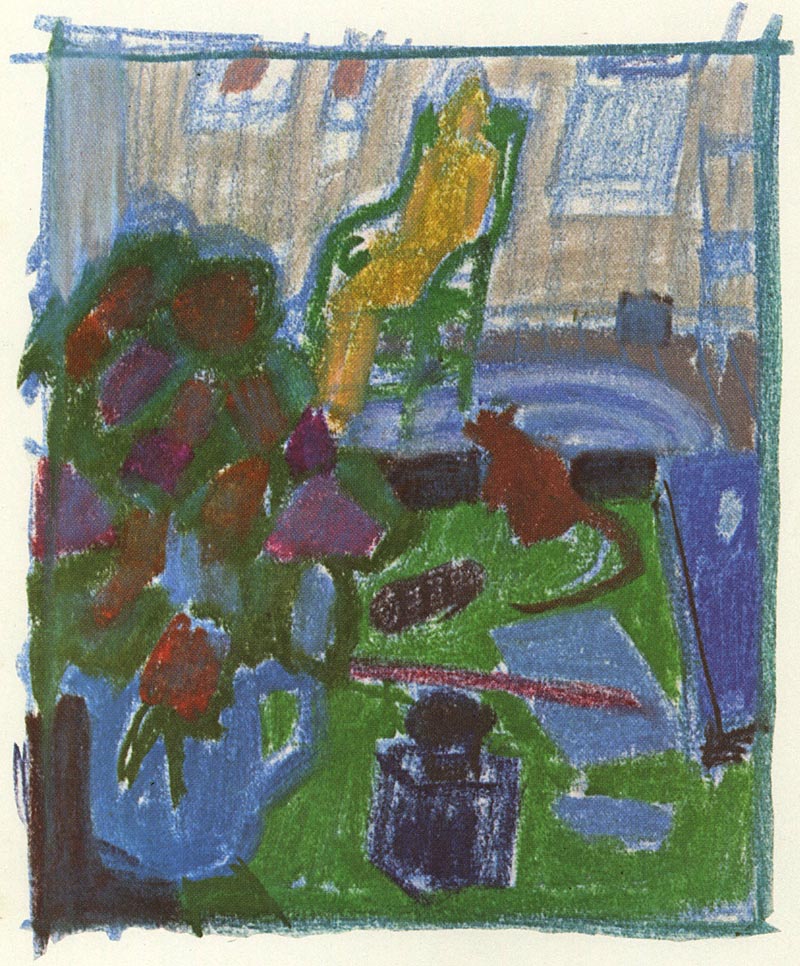
Finally you would try to sketch out a figure in a way that nobody had ever done and you would bring it in (it might not be very good) and he'd say, "This is original." Then you had to elaborate on the originality. It didn't have anything to do with being tight or loose. The emphasis was on originality. Like your fingerprints. Nobody can ever have the same set.
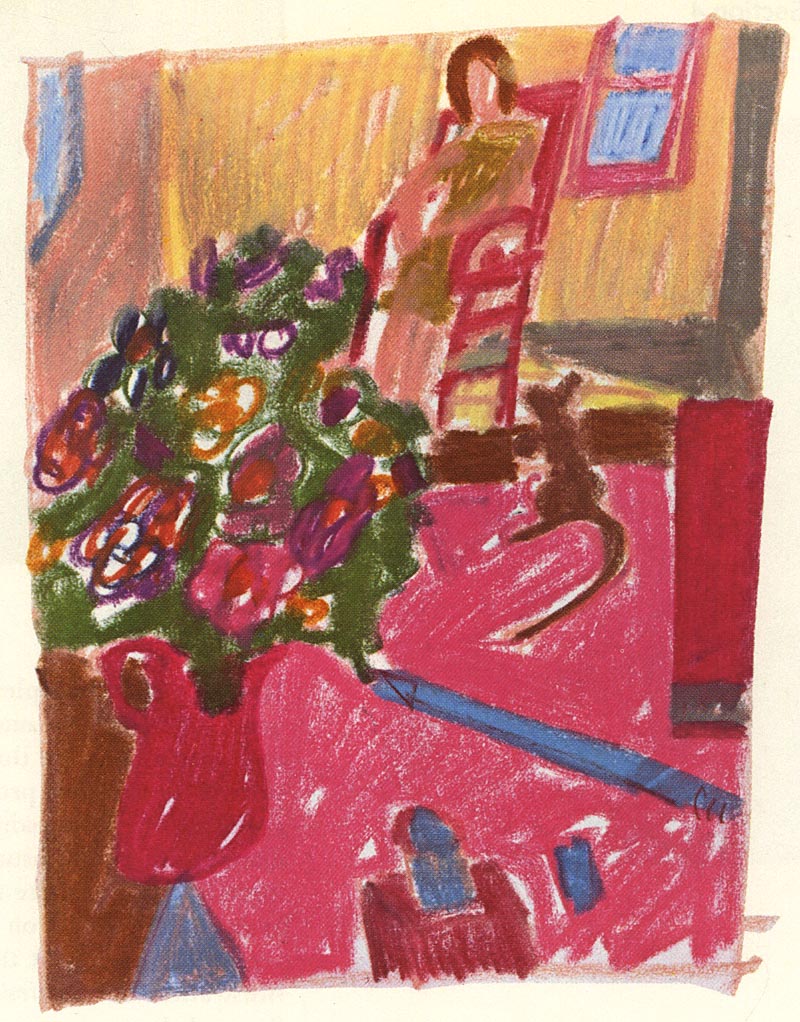
He never told us, "This is the way..." He knew, of course, that the search has to come from you, the way you live, dream, the way your senses respond to eating, sleeping, drinking, the movies, whatever is affecting you. Everybody has the potential for originality once they learn about themselves.
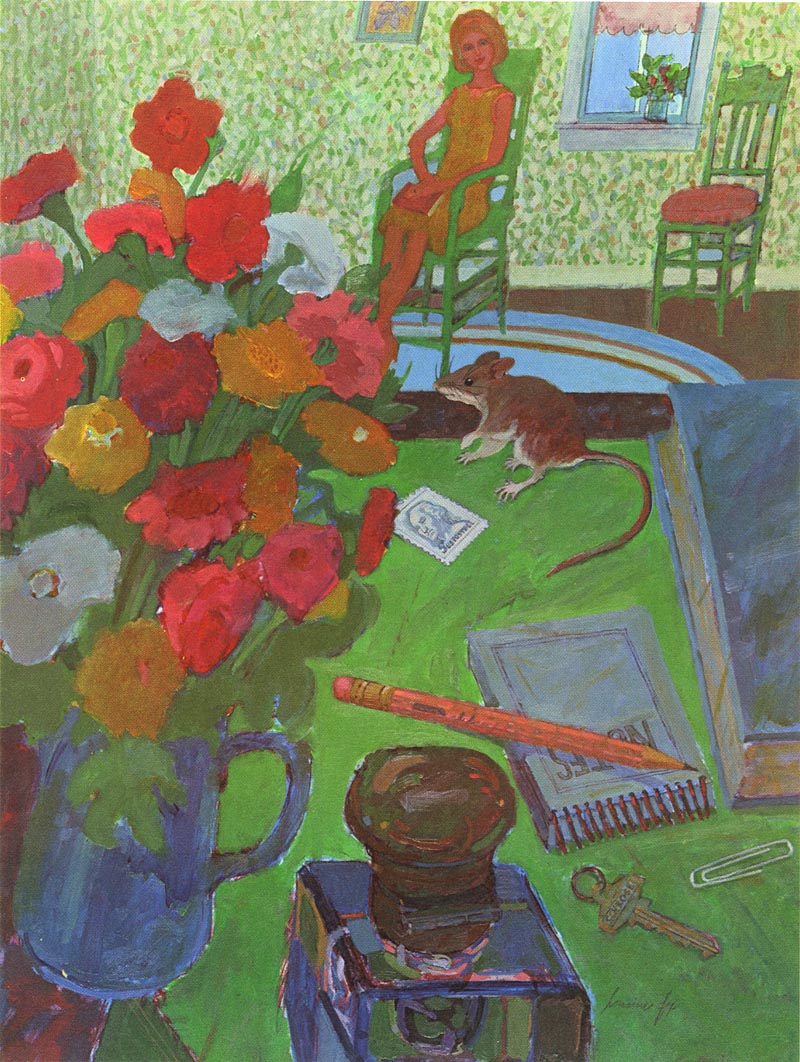
FA: What did you learn about yourself?
Fox; What I learned was that I had a tremendous drive. When I could do something about what was bothering me as an artist, I changed in many ways. I changed my reading habits, my way of seeing while travelling.

I began to carry a pad and pencil around and I would draw.
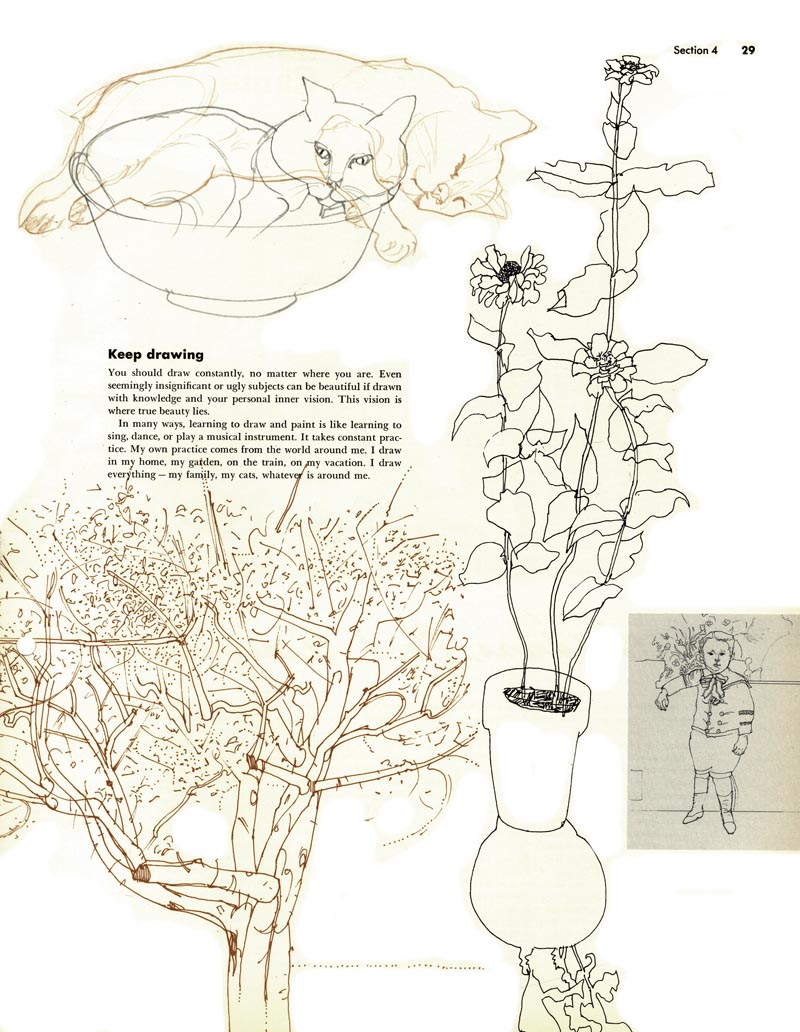
(Now I draw everything, in my home, my garden, on the train. I use my family, my cats, as subjects, whatever is around at the moment.)

I clipped pictures from magazines. I went to galleries and museums. That's what painting classes did, they made me able to understand what men like Vermeer were striving for. And the Renaissance painters. Giotto. I love Giotto's work. I like contemporary art, too.

About ten or fifteen years ago the abstract expressionists formed The Club - de Kooning, Gorky, Matta, Pollock and others. A friend of ours took us to The Club and we sat in on meetings and listened to the way these men thought. This is what good art is all about, and what good commercial art is all about.
FA: What personal qualities do you think contribute to success in art?
Fox: It's a combination of this capability for self-search and drive and talent. I don't necessarily put talent first. If you are very honest with yourself you can see where your talent lies. Going to galleries and museums will help; so will going to underground movies and whatever else is happening related to art. You begin to place yourself and you see where you fit in.

Lots of people don't want to face this. They don't want to have to admit, "I'm not this big a deal," or "I have a hell of a lot to learn." But for an artist this is a serious search.

If you take it that seriously you will begin to find out all of these things. If you have what I'm talking about, you can be one of the busiest artists around. As you strengthen yourself your work will become more confident. If you have confidence you can achieve a top level of quality.
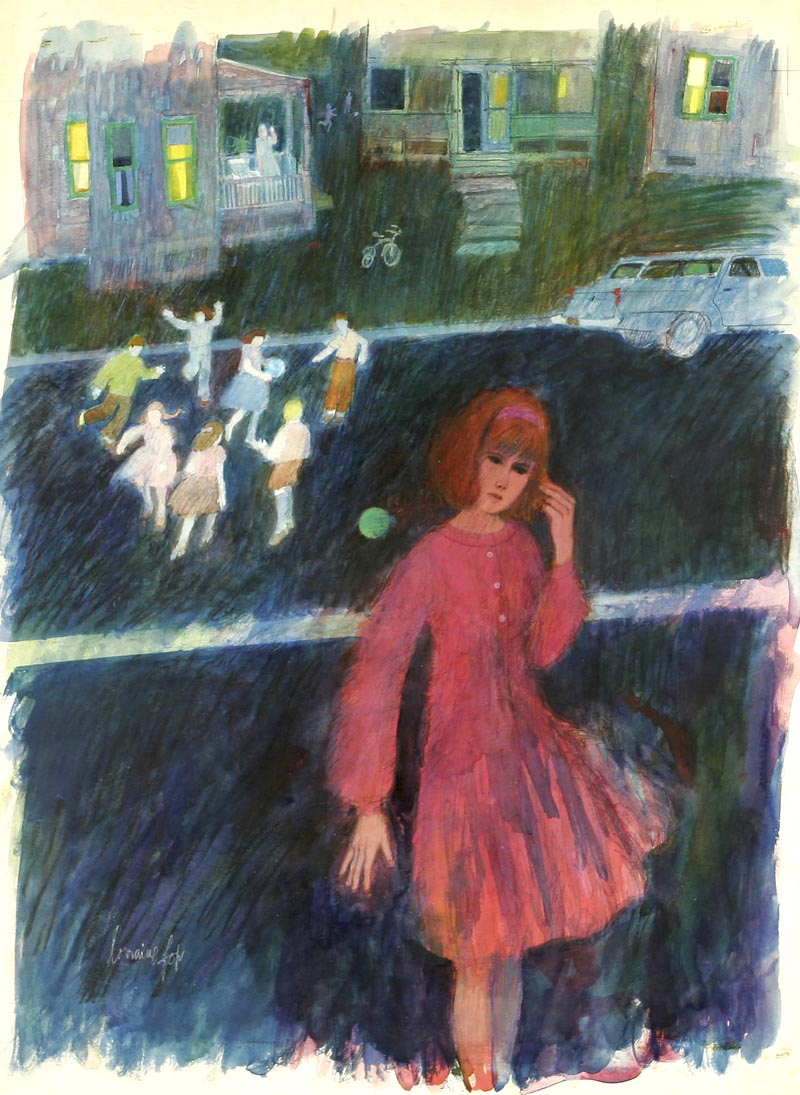
FA: Did your approach to commercial art change radically while you were immersed in painting classes?
Fox: It changed. I began turning down stuff. When somebody wanted me to paint food or do "some of those funny little figures," I would say, "I'm not doing that kind of thing any more."
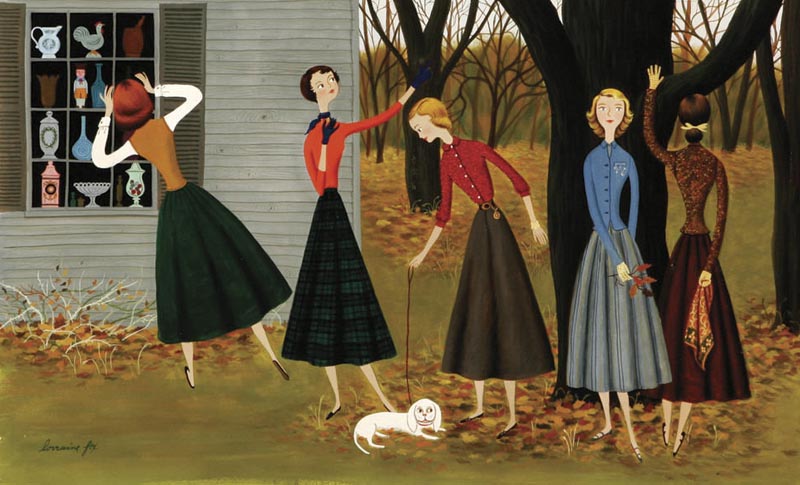
I began cutting off some of my business. But my illustration was getting better and I began getting double spreads in the magazines.
It was never quite right - quite where it should have been. I wasn't really ready. But people could see that something was happening to me. The art scene was changing, too. Art directors were looking for new things. The amount of avant-garde illustration went way up. I realized that the painting and the commercial art had to come together.
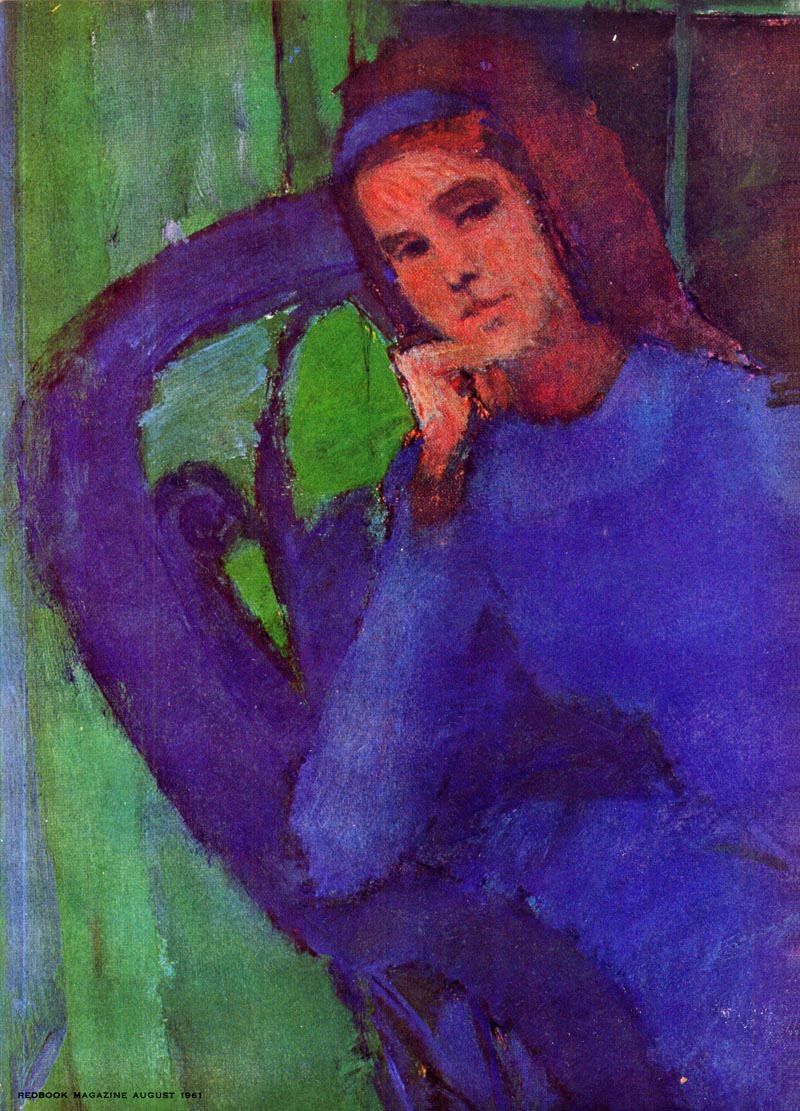
I studied with Tam for five years and finally it did come together.
* Continued tomorrow.
* Many thanks to Matt Dicke for providing the scans of the Lorraine Fox interview pages from the Winter 1967 issue of Famous Artists magazine being presented this week. Thanks to Heritage Auctions for allowing me to use scans from their archives.
When I look at this work I can't help feeling that what made 'classic' American illustration great is somehow not present here.I know it's politically correct to say positive things about this kind of 'personal response' to a brief but when compared to Pyle, Wyeth, Leyendecker,Fawcett, Parker, Fuchs, it feels lacking in quality and impact.Maybe it belongs in an art gallery rather than the pages of a commercial publication, but to me the convergence of illustration with fine art created some underwhelming work.
ReplyDeleteThat's just my personal opinion.
I don't know, I like it a lot. Not much so for her earlier work, which was perhaps just 'naive' like many other less impressive artists of that time. But some of her pieces here are fantastic, with this skewed sense of space that I love so much. I was already attracted by her colours on the first article, but these sketches of the woman on a chair behind the flowers shows the whole progress. The final piece combine colours from all of them and it really unravels itself as more of a sophisticated composition, due to so many studies. In the end, the work may strike some and not others (nothing more natural than that), but thanks for such lovely interviews and images, it's great to hear it from the artists themselves and taking a peek at their process.
ReplyDeleteFascinating seeing her progression and hearing her reflections on her own transformation - Thanks for these posts
ReplyDeleteRemo and C. you both make great points. I'll be curious to read your reaction to Fox's next stage of development. Joel; I'm very glad that you're enjoying this series - thanks for commenting!
ReplyDelete